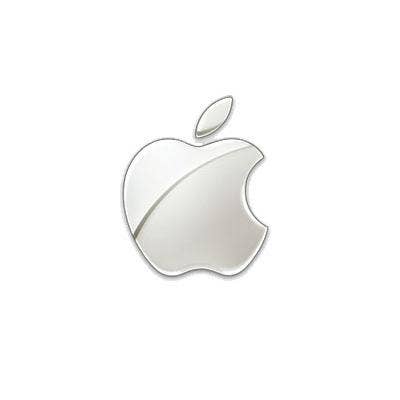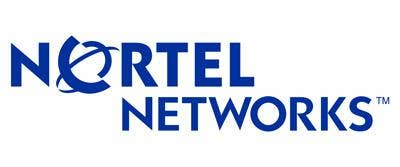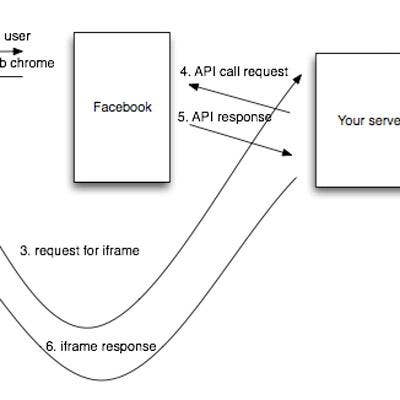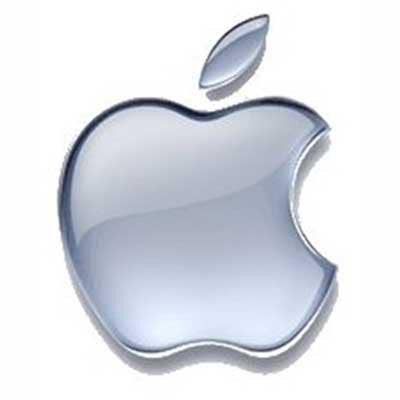Up Close With Amazon's Kindle DX

For consumer electronics retailing, it's been the week of the Amazon Kindle DX (pictured). But the device's arrival has yielded just as many questions as answers, so we've taken the liberty of posting some discussion topics in addition to what we know so far.
Soon after the first rumors of a large-screen version of Amazon's successful Kindle surfaced on Monday, we got a first look at the device at its official unveiling Wednesday. Kindle DX costs $489 and will begin shipping this summer, according to Amazon.
By the time Amazon CEO Jeff Bezos took the wraps off Kindle DX at a press conference at Pace University, many were wondering if because of all the hype and speculation leading up to the announcement, the honeymoon for Kindle DX was already over.
Food for thought: Is the $489 retail price too expensive?

The Kindle DX measures 9.7 inches diagonally, which makes it two-and-a- half times the size of Amazon's current Kindle 2. So, yes, it's bigger. But the Kindle is also one-third-of-an-inch thick and lightweight, designed to mimic the feel of newspapers, magazines and other periodicals.
Food for thought: Is a bigger Kindle really what consumers were asking for?

The Kindle DX includes an auto-rotate feature that automatically puts its display in portrait or landscape mode, and also flips the device to be read in either hand. Space-wise, the Kindle DX has 3.3 GB of available memory, and can hold up to 3,500 books, which is 2,000 more than the 1,500-book capacity of the Kindle 2.
Food for thought: What's still missing from the fundamental Kindle design, if anything, that would make it a better device?

Amazon also announced on Wednesday that it would pilot the large-format Kindle with both newspaper and textbook publishers. On the newspaper side, The New York Times, The Boston Globe (which is owned by the New York Times Co.) and The Washington Post will all begin offering reduced-price digital newspaper subscriptions through the Kindle DX in exchange for consumers locking in to a long-term deal.
Amazon is also piloting a project to load textbooks onto Kindle DX with Arizona State University, Case Western Reserve University, Princeton University, Reed College and Darden School of Business at the University of Virginia.
Textbook brands that will be available through the Kindle DX include Addison-Wesley, Allyn & Bacon, Benjamin Cummings, Longman & Prentice Hall (Pearson), Wadsworth, Brooks/Cole, Course Technology, Delmar, Heinle, Schirmer, South-Western (Cengage) and Wiley Higher Education. According to Amazon, those brands comprise 60 percent of the overall higher education textbook market.
Food for thought: What threshold will Amazon and the publishers use to measure the success of the pilots?

It's the textbook side of the coin that's thought by many to be the true prize for Amazon, given the size and opportunity in the market.
"This is absolutely the big win," said Sarah Rotman Epps, a media services analyst for Forrester Research, in a Channelweb.com interview. "Amazon's announcement that they're partnering with 60 percent of the textbook publishers is significant, because the textbook market is significantly larger than the market for book e-readers. It's not enough for Amazon to just have a bigger device. There are 12 million college students and 50 million grade school students in the U.S., and textbooks are expensive -- think about the savings and how much money is spent on textbooks. That's huge money that Amazon's Kindle can help save."
Food for thought: Cost savings aside, what else will be needed to make the Kindle catch on with students?

One of the Kindle DX's most talked-about features is its integrated PDF reader using Adobe Reader Mobile technology. Adobe, whose technology is used on not only Amazon e-reading devices but those of Amazon's competitors, has to be happy with its exposure to this exploding market.
"The integration of PDF technology allows users to simply e-mail PDF files to their Kindle e-mail address or quickly move them to the device using a USB connection," said Adobe in a statement to ChannelWeb.com. "The Adobe SDK also supports PDF reflow, so that text can automatically adapt to the screen size, allowing users to consume PDF documents with an enhanced reading experience."
"Adobe is enabling the entire e-reader ecosystem," said Forrester's Rotman Epps. "They're with not just Amazon, but all of Amazon's competitors, too."
Food for thought: Do other vendors stand to gain from involvement with Amazon's Kindle DX?

The Kindle DX (rear view, pictured) is Amazon's big announcement this week, but Amazon has also continued to consolidate Amazon's e-reading market dominance by winning patents for Kindle's design and buying up ostensibly competitive applications like Stanza, which Amazon now owns thanks to its acquisition of Lexcycle in April.
Food for thought: Are more patents and additional acquisitions in Amazon's future?

Some observers of Amazon's Kindle model have suggested it's too limited -- that Amazon keeps too much for itself for other companies to want to participate and be profitable, and that it uses too much of its own proprietary technology.
"Amazon has built this device to benefit Amazon," said Forrester's Epps. "They want it to be the Apple of publishing. If you think about what Apple did for music, Amazon's trying to set up a similar system. Publishers are, of course, going to play with Amazon but also anyone who can set up a model where they [the publishers] keep more of the revenue.
Food for thought: Will Amazon's failure, thus far, to embrace EPUB, the Open eBook Standard format established by the International Digital Publishing Forum, limit the Kindle's scalability?

Amazon and Apple appear to be friendly, and Amazon seemed to head off any thought that it would go head-to-head over e-reading with Apple's iPhone by making a Kindle app available for iPhones (pictured) some weeks back.
But that's hardly stopped a run of speculation suggesting that if there's a Kindle Killer on the horizon, it'll come from Apple, which is rumored to be developing a multipurpose tablet that will enable e-reading, Web browsing and all of the other functions a mobile computing enthusiast needs.
"Apple is a player in this market, whether it's admitting it is or not," said Forrester's Epps. "Whatever Apple is plotting -- a 10-inch tablet or some device -- it doesn't matter. People are already using their iPhones to read books and they'll certainly do it on a larger device. But there is still a market for dedicated reading devices like Kindle. The experience of reading on an electronic ink screen is so much more pleasant than an LCD screen."
Food for thought: Are the days of Amazon Kindle DX dominance numbered only to Apple's rumored release of a multipurpose tablet at its Worldwide Developer Conference next month?

There's no question Amazon rules the roost with e-books and e-reading, especially in the consumer mainstream. But how do Jeff Bezos (pictured) and his associates keep up that momentum? Amazon, said Epps, will face "numerous" competitors from every corner of the consumer electronics market as e-books and e-reading continue to gain popularity.
You may have won this round, Jeff, but the clock is ticking. And there are a whole lot of manufacturers out there who want a piece of your action.
Food for thought: What potential competitors seem capable of challenging Amazon? How long will an e-reading dedicated device hold on in the age of the all-in-one?